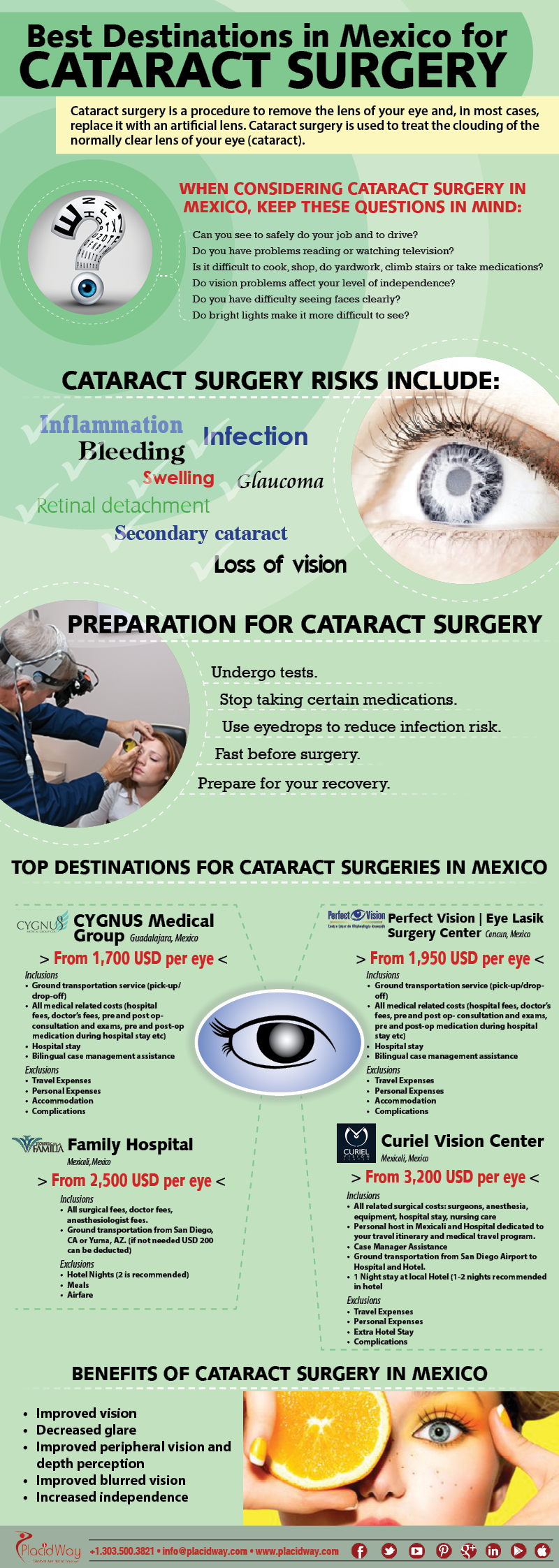Significant Modifications In Your Child'S Habits Can Recommend Underlying Vision Concerns; Find Out What Indicators Suggest The Requirement For An Eye Assessment To Promote Their Healthy And Balanced Development
Significant Modifications In Your Child'S Habits Can Recommend Underlying Vision Concerns; Find Out What Indicators Suggest The Requirement For An Eye Assessment To Promote Their Healthy And Balanced Development
Blog Article
Material Composed By-McKay Lundgren
As a moms and dad, you play an essential role in your kid's health, particularly when it comes to their vision. You could discover specific habits that could signal a need for an eye exam. Scrunching up your eyes, constant eye rubbing, or complaints of headaches can be more than just small nuisances. Comprehending these indicators is important for your child's advancement. So, what should you try to find next? Let's check out the usual symptoms that might indicate a vision issue.
Common Symptoms of Vision Troubles in Kid
When you discover your youngster dealing with everyday activities, it could be a sign of vision issues.
Seek symptoms like squinting, scrubing their eyes frequently, or tilting their head to see better. If they've trouble analysis or appear to lose their location typically, that's one more indicator.
You could also see them whining about headaches or experiencing eye stress after extensive periods of reading or using displays.
Furthermore, if your kid prevents tasks that call for excellent vision, like sporting activities or drawing, it deserves taking note of.
Expect any uncommon habits, as these indicators can indicate underlying vision concerns that need specialist analysis.
Early discovery can make a big difference in their aesthetic development.
Age-Specific Vision Milestones to Monitor
Every parent must watch on their youngster's vision development as they grow.
At around https://www.theguardian.com/science/political-science/2015/aug/31/the-politics-of-laser-eye-surgery , your infant must start tracking relocating items. By age 1, they need to be able to concentrate on and identify acquainted faces.
Between 2 and 3 years, try to find renovations in hand-eye coordination, like piling blocks or tossing a round.
By age 4, children need to have the ability to identify forms and colors, and they may start to acknowledge letters.
If your kid deals with these milestones, it's important to bear in mind. Monitoring their development assists you catch prospective concerns early, guaranteeing they get the vision care they require for a brilliant future.
Stay positive regarding their vision wellness!
When to Arrange an Eye Test for Your Kid
Checking your kid's vision growth is necessary, however understanding when to set up an eye exam is equally as crucial. The American Academy of Ophthalmology suggests your child have their first eye examination at six months old.
Afterwards, timetable follow-ups at age 3 and again prior to they start school. If your child reveals signs of vision problems-- like squinting, difficulty reading, or frustrations-- don't wait for the following set up appointment.
Additionally, if there's a family history of eye problems, proactive tests are essential. Watch on any kind of modifications in their vision or behavior, and depend on your impulses.
Normal check-ups can help capture possible issues early, guaranteeing your kid has the most effective opportunity for healthy eyesight.
Verdict
To conclude, staying alert to your youngster's visual behaviors is crucial for their eye health and wellness. If you discover any kind of indicators like squinting, eye rubbing, or problem with reading, do not wait to schedule an eye test. Remember, Glasses For Farsighted Kids can make a considerable difference in their aesthetic growth. Trust your instincts as a parent, and guarantee your child obtains the treatment they require to prosper. Normal exams can help keep their eyes healthy for years to come.
